This article was medically reviewed by Erik Kramer, DO, MPH and by wikiHow staff writer, Hunter Rising. Dr. Erik Kramer is a Board-Certified Primary Care Physician at the University of Colorado. With over 15 years of experience, his clinical interests include obesity and weight management, diabetes care, and preventive care, as well as embracing a holistic approach to primary care. He received his Doctorate in Osteopathic Medicine (D.O.) from the Touro University Nevada College of Osteopathic Medicine and completed his residency at Central Maine Medical Center. Dr. Kramer is a Diplomate of the American Board of Obesity Medicine.
There are 18 references cited in this article, which can be found at the bottom of the page.
This article has been viewed 7,921 times.
Vitiligo is an incurable autoimmune disorder that causes melanin-producing cells to die, which can create light patches of skin usually located around your face and hands.[1] Vitiligo can cause stress or make you feel self-conscious if it continues to spread, but there are many ways you can manage your symptoms and possibly restore your skin pigment. One of the most effective treatments is using UVB lights to help darken patches and keep them from growing larger. You can also use topical or oral medications from your doctor to control the spread. While you’re at home, protect your skin and try supplements to help maintain the pigment.
Steps
Using Phototherapy
-
1Ask a doctor or dermatologist if they offer NB-UVB therapy. Talk to your doctor about the condition of your vitiligo, and let them know if it’s still spreading or developing light patches on your skin. See if they think narrow-band ultraviolet light B (NB-UVB) therapy would work for your symptoms. Your doctor may recommend you to a specialist for vitiligo or a dermatologist so you can seek effective treatment.[2]
- Narrow-band ultraviolet B (NB-UVB) rays emit small amounts of UV radiation that can help stimulate melanin-producing cells in light patches of skin.
- Usually, NB-UVB treatment works best if you have more than 5% of your body surface covered in light patches.
- It may take less than 50 NB-UVB treatments to see optimal results.
- You can also use PUVA therapy, where you take psoralen, which helps darken your skin, before exposing your skin to UVA light. PUVA therapy has increased risks of phototoxicity and skin cancer.[3]
-
2Shield your eyes and genital area during treatment if they’re unaffected. When you arrive at your doctor’s office for a phototherapy session, take off your clothes to expose all of the areas of your body affected by vitiligo. If you don’t have any spots on your face, put on tinted goggles that cover your eyes before you enter the light booth. Put on blue or white cotton underwear to protect your genital region, or use a blue surgical towel.[4] You may also apply sunscreen to your areolas to help protect them from getting burned.[5]
- Your doctor or dermatologist will usually provide you with the necessary safety equipment during your phototherapy sessions.
- If you have vitiligo on your eyelids, then you won’t wear goggles during treatment. Instead, keep your eyes closed while you’re inside the booth so you’re not looking directly at the lights.
- If you only have vitiligo on your upper body, you can leave your pants on during treatment.
Advertisement -
3Stand in an NB-UVB light box for up to 5 minutes. Enter the UV booth when your doctor asks you to and stand so you’re looking straight forward. Keep your body still once the UV lights turn on and stay inside until your doctor turns them off again. Usually, sessions last between 3–5 minutes, but it may vary depending on your condition.[6]
- The UVB light will stimulate skin cells in the light patches of skin and help them begin melanin production again.
Tip: If you do have patches of vitiligo on your eyelids and you aren’t wearing goggles, be sure to keep your eyes closed tightly throughout the session.
-
4Continue going to phototherapy 3 times weekly for about 6 months. Visit your doctor or dermatologist on your scheduled phototherapy dates to maintain your treatment. Be sure to attend each session, or else the vitiligo could begin spreading again. Typically, treatment lasts between 6–12 months, but it may vary depending on the severity and size of your condition.[7]
- It may take 2–3 months to see noticeable results from phototherapy. Don’t get discouraged if you don’t notice changes in your skin tone immediately.
-
5Look for home device options if you’re unable to go to a phototherapy clinic. If you have small patches of vitiligo on your face or body, opt for a handheld phototherapy device. Otherwise, you can get machines specifically made for hands or feet. Talk to your doctor or dermatologist to get product recommendations. Only use the phototherapy devices as often as your doctor recommends so you still receive effective treatment.[8]
- You can usually buy home NB-UVB lights from a medical supply store or directly from your doctor. You may be able to find them online as well.
- Home devices usually aren’t covered by insurance, so you may need to buy them yourself. Usually, handheld systems cost around $300 USD. You may also get full-sized booths, but they typically cost about $5,000 USD.
Seeking Medical Remedies
-
1Apply medicated ointments to the areas with vitiligo to help color return. Ask your doctor about using a mid- to high-potency corticosteroid or calcineurin inhibitor, such as tacrolimus or pimecrolimus, for smaller patches of vitiligo on your face and neck. Use the prescribed amount of ointment and rub it into the affected areas of skin daily. It may take 2–3 months before you see noticeable changes in your skin pigment.[9]
- You can use corticosteroids and calcineurin inhibitors while receiving phototherapy to help improve the treatment.
- Ointments work differently on a case by case basis, so they may not be as effective for your vitiligo.
Warning: Ointments may cause skin thinning or streaks on your skin. Some calcineurin inhibitors may also have potential risks for developing lymphoma or skin cancer. Only use the amount of ointment prescribed by your doctor to help avoid side effects.
-
2Ask your doctor about oral steroids if you have new spots developing weekly. If topical corticosteroids don’t effectively keep patches from forming, try taking pills orally instead. Take the pill in the morning around the same time each day as prescribed by your doctor. Monitor your vitiligo patches and make note of if they grow or shrink in size. Make follow-up appointments with your doctor every 1–2 months to check the status of your condition to see if you need to change dosages.[10]
- Only use oral steroids as they’re prescribed since they could cause high blood pressure, weight gain, and eye problems.[11]
- Low-dose oral corticosteroids may also be used to stabilize vitiligo patches that grow rapidly and can be used at the same time as NB-UVB therapy.
-
3Use statin to help boost antioxidants and fight damaging molecules. While you usually take statin to reduce cholesterol, it has been shown to help restore pigment to vitiligo patches. Talk to your doctor to find out if statin is a good option for you. Use the statin as your doctor prescribes it, which is typically once daily. Follow up with your doctor once a month to check on your condition to see if it’s improved.[12]
- There have not been many tests done with statin, so it may not be an effective treatment for you.
Managing Vitiligo at Home
-
1Wear 30 SPF sunscreen to protect areas without pigmentation. Make sure you use sunscreen that has an SPF of at least 30 so you have protection against the sunlight. Rub the sunscreen into your skin thoroughly until it’s clear. Reapply the sunscreen every 2 hours it doesn’t wear off or cause burns on your skin.[13]
- Since vitiligo kills melanin, affected areas of skin will burn rather than tan in sunlight.
- Wear long-sleeved shirts and pants to cover skin as much as possible if you’re going outside.
Warning: Don’t use tanning beds or lights if you have vitiligo since you’re more likely to develop severe burns and make affected areas grow larger.[14]
-
2Avoid physical trauma to your skin. Vitiligo can make your skin more sensitive and injuries may cause you to lose pigment within 2 weeks of the injury. Use caution to prevent getting scratches, scrapes, or burns on your skin. This also includes getting tattoos or playing sports with physical contact. Do your best to limit opportunities where you could hurt yourself.[15]
- This doesn’t mean that you can’t go out and have fun with friends. Just stay more cautious of what activities you do if you’re likely to get hurt doing them.
-
3Practice stress relief to help manage depigmentation. Since some vitiligo patches may form from psychological or emotional stress, take time during the day to relax. Practice doing yoga, taking walks to unwind, or journaling to help you destress. If you still feel stressed out, try reaching out to friends, family, or a therapist so you have someone to talk to and support you.[16]
- Try looking for vitiligo support groups in your area so you can connect with others who share your experiences.
-
4Take folic acid and B12 vitamins daily to see if depigmentation stops. Ask your doctor if the supplements will interact with any other treatments before you start taking them. Take the supplement daily and record how it affects the patches of skin with vitiligo. If the vitiligo patches start to shrink or reduce in frequency, keep taking the vitamins to keep them from returning.[17]
- You can buy folic acid and B12 vitamins from your local drugstore.
- There have only been limited studies on the effects of folic acid and B12 for vitiligo, so it may not work for you.
-
5Try using a ginkgo biloba supplement each day to help return pigment. Talk to your doctor before starting a ginkgo biloba supplement to make sure it doesn’t interfere with other medications or treatments. Use 1 supplement daily while seeking other treatment to see if it helps keep your vitiligo from spreading or makes patches of skin darken.[18]
- You may buy ginkgo biloba from your local pharmacy.
- There have not been many conclusive studies done on ginkgo biloba for treating vitiligo, so it may not be the most effective.
Warnings
- Always talk to your doctor before starting new supplements or treatments to make sure they don’t interfere with something you’re already taking.⧼thumbs_response⧽
- Long-term effects of phototherapy are still being studied, so there may be carcinogenic risks if it’s done long-term.[22]⧼thumbs_response⧽
- Some creams and topical ointments could cause skin thinning or streaks appearing on your face. Some may also have possible links to lymphoma or skin cancer.[23]⧼thumbs_response⧽
References
- ↑ https://www.mayoclinic.org/diseases-conditions/vitiligo/symptoms-causes/syc-20355912
- ↑ https://www.ncbi.nlm.nih.gov/pmc/articles/PMC6536079/
- ↑ https://www.ncbi.nlm.nih.gov/pmc/articles/PMC3726895/
- ↑ https://www.ncbi.nlm.nih.gov/pubmed/20005009
- ↑ https://www.ncbi.nlm.nih.gov/pmc/articles/PMC6536079/
- ↑ https://www.drugs.com/health-guide/vitiligo.html
- ↑ https://www.drugs.com/health-guide/vitiligo.html
- ↑ https://www.dovepress.com/home-phototherapy-for-patients-with-vitiligo-challenges-and-solutions-peer-reviewed-fulltext-article-CCID
- ↑ https://www.mayoclinic.org/diseases-conditions/vitiligo/diagnosis-treatment/drc-20355916
- ↑ https://www.umassmed.edu/vitiligo/blog/blog-posts1/2017/08/how-to-treat-your-vitiligo/
- ↑ https://www.mayoclinic.org/steroids/art-20045692
- ↑ https://www.nytimes.com/2019/06/24/well/live/for-vitiligo-patients-new-treatments-offer-hope.html
- ↑ https://kidshealth.org/CookChildrens/en/teens/vitiligo.html#
- ↑ https://www.mayoclinic.org/diseases-conditions/vitiligo/diagnosis-treatment/drc-20355916
- ↑ https://youtu.be/aLK2VZzeR2I?t=37
- ↑ https://www.nytimes.com/2019/06/24/well/live/for-vitiligo-patients-new-treatments-offer-hope.html
- ↑ https://www.ncbi.nlm.nih.gov/pubmed/9394983
- ↑ https://www.nhs.uk/conditions/vitiligo/treatment/
- ↑ https://www.mayoclinic.org/diseases-conditions/vitiligo/diagnosis-treatment/drc-20355916
- ↑ https://www.mayoclinic.org/diseases-conditions/vitiligo/diagnosis-treatment/drc-20355916
- ↑ https://www.mayoclinic.org/diseases-conditions/vitiligo/diagnosis-treatment/drc-20355916
- ↑ https://www.ncbi.nlm.nih.gov/pmc/articles/PMC6536079/
- ↑ https://www.mayoclinic.org/diseases-conditions/vitiligo/diagnosis-treatment/drc-20355916
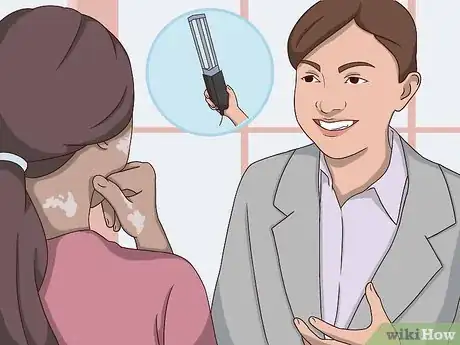
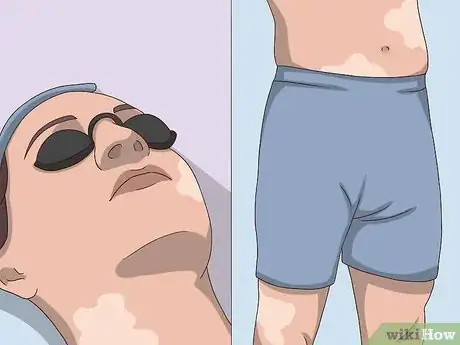
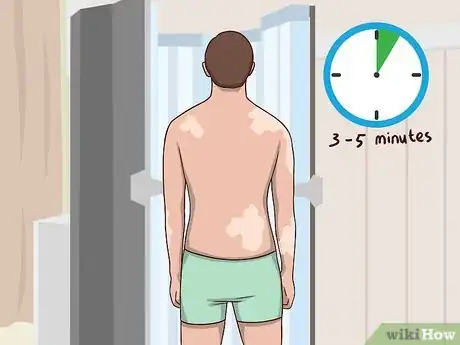

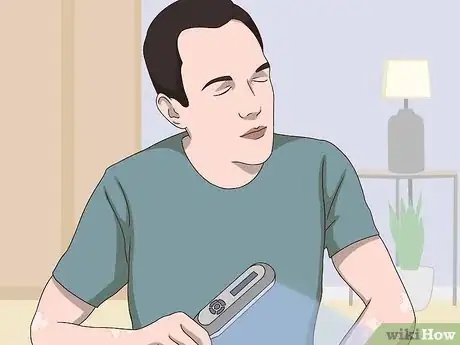
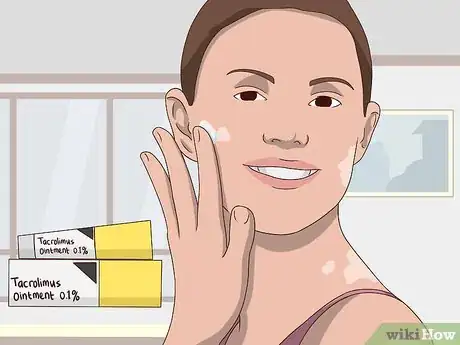
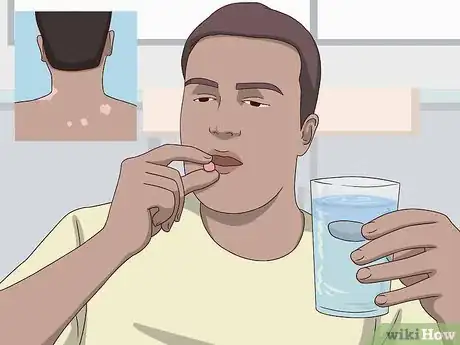
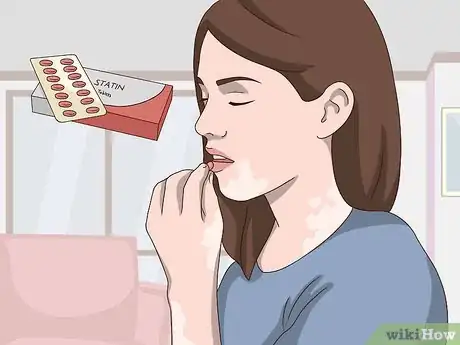
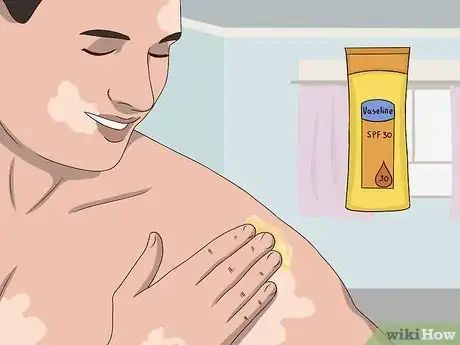
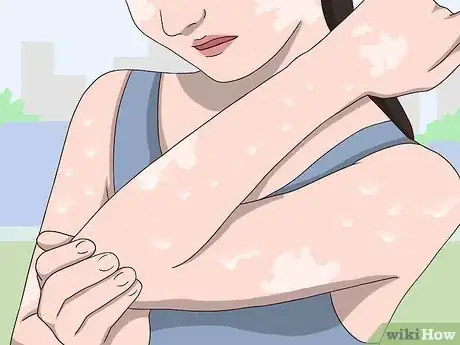

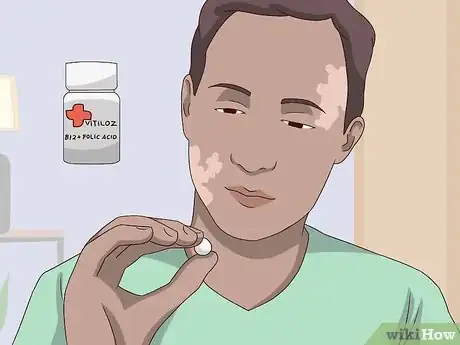
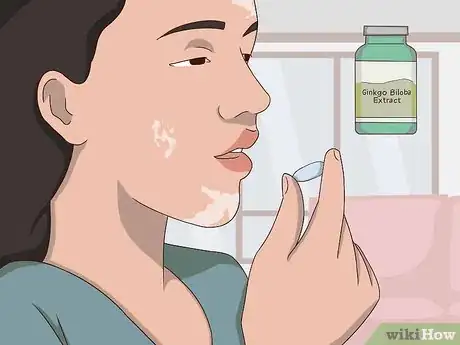
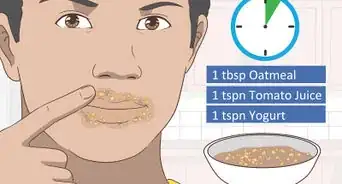
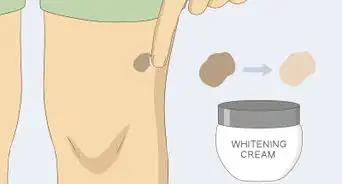
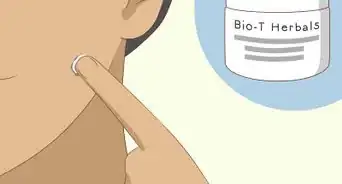
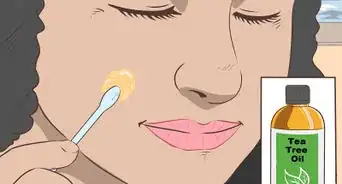
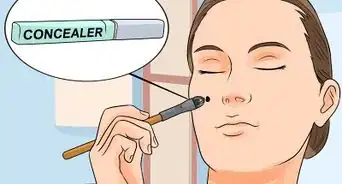
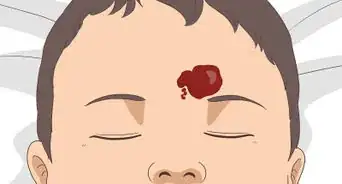
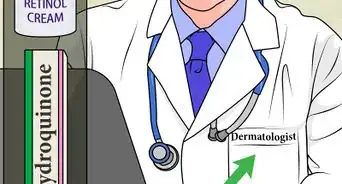
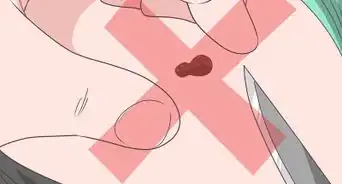
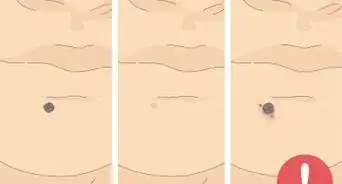
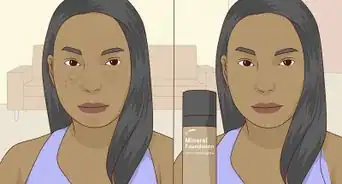


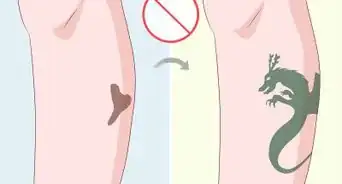







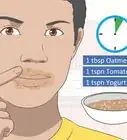
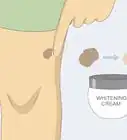
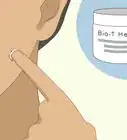




































Medical Disclaimer
The content of this article is not intended to be a substitute for professional medical advice, examination, diagnosis, or treatment. You should always contact your doctor or other qualified healthcare professional before starting, changing, or stopping any kind of health treatment.
Read More...